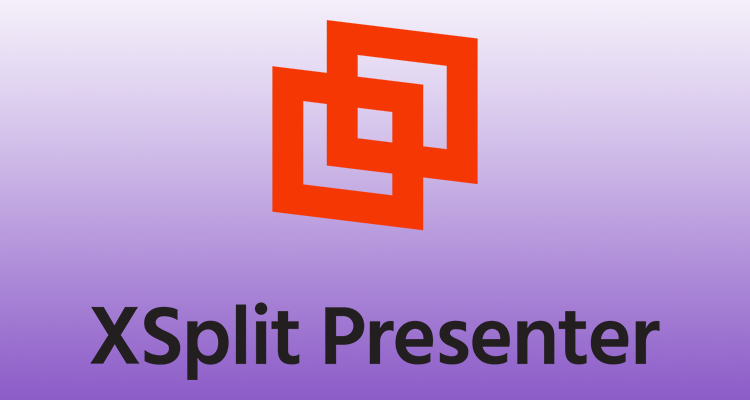What’s Next for HOW?

“So, what now?”
Gary Kayye of THE rAVe Agency published an excellent article in April about how quickly Houses of Worship adapted their online presence to the ever-changing world of COVID-19 restrictions and technical limitations. It was a great read that really felt like a pat on the back of sorts, a way to really celebrate how far the presence of HOWs online has come.
However, it got me thinking, “What’s next?”
For many HOWs, getting services online and maintaining a consistent level of quality on a week-to-week basis has become routine. This is a good sign, and, as Kayye mentioned, it demonstrates the HOW market’s overall success in pivoting to a new online audience.
It is worth considering whether this “routine” is treading the line of apathy. Apathy for creating engaging experiences for an online audience is such an easy pitfall for many reasons. First, there is a sense that the industry has been in this marathon to get to something that’s workable and we’ve finally reached the finish line. It’s exhausting to think that right after inventing the wheel, we’re now being challenged to invent the wagon. How should this be combatted? How do HOWs continue to stretch themselves in small ways that lead to major improvements?
It’s important for HOWs to continue to clarify their vision. Without COVID-19 restrictions, the reason behind livestreaming and an engaging online presence can get fuzzy. HOWs have always been powered by volunteers and they have traditionally done an excellent job training and equipping those people. They must now apply the same approach to vision casting by teaching volunteers the purpose of their work.
Volunteers
With the increasing pull of volunteer support to post-shutdown service opportunities, clarity of vision and encouraging ownership are critical. Many of the team members that were solely focused on the online experiences are now directing more of their time to the needs of the in-person gathering. I would argue this is in part due to a better understanding of when things are going well. If a volunteer is serving on the “Welcome Team,” it’s easy to understand the goals and what is needed to accomplish them. HOW tech teams must find effective ways to communicate those points to their volunteers just as clearly. Vision casting is not communicating which buttons need to hit in what order but the reason behind those actions.
Curated Content
This creativity opens the door for specifically generated content. I would argue that exclusive content seen only by your online audience is the most effective way to ensure your online audience feels like they are a part of the larger church community.
Specifically curated content doesn’t have to be incredibly involved. In fact, it would be better to start small and build your way up to ensure consistency. Examples of this content can range from something as simple as a comment moderator to an online host. The comment moderator uses the HOW account to respond, prompt and engage with the online audience. The online host method is more technically involved but is a great solution for online relevant service openings and closings. Online hosts are also excellent at providing content, even if what happens in the room does not always translate to the online audience.
How this online engagement best plays out is based on each HOW’s specific audience and their needs. That is why having volunteers and other team members get creative is crucial to the process of innovation. HOWs must continue to reestablish themselves for their online congregations or they risk becoming just another thing that people ignore online.
The mission of each HOW does not play out in the same way in the digital space as it does in an in-person gathering. HOWs must continue to strive towards creating moments online that work hand in hand with their in-person experiences. This will require new systems that demand the same time and resources are routed to the digital experience as well, a format that is increasingly more difficult to gauge, “Is it working?”
Having a Vision
Our world has changed forever. Corporations will continue to have a Zoom option. Conferences will continue to sell online-only passes. VR is becoming more prevalent with each passing day. There is an entire fragment of our society that has completely adapted to virtual events and intends to continue living that way. Opinions range regarding the pros and cons of the digital age, but one thing that is certain is the leaps HOWs have made in the last two years are just the beginning of their place in this shift. Through more thoughtful vision casting for their teams and content created with the online audience in mind, they will have to continue to adapt to have a presence in the digital space.





